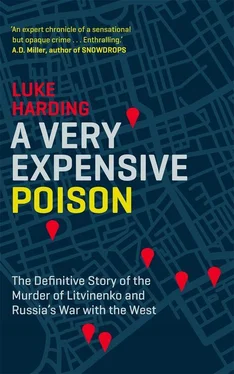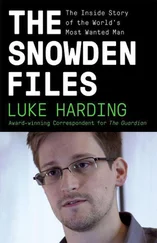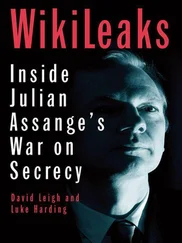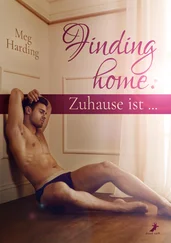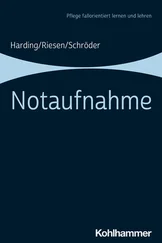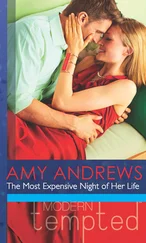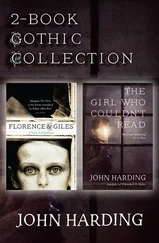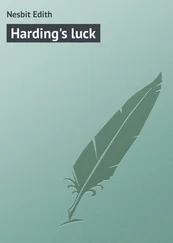Outside the casino, D3 asked Kovtun where he intended to sleep. Kovtun said he would kip at D3’s place. Back at D3’s flat they had another glass of wine. Kovtun shared D3’s large bed, leaving early the next morning. D3 croaked that he should take a couple of bottles of wine with him, one for Marina and one for her mother.
D3 didn’t believe Kovtun’s bizarre tale but nonetheless decided to help. He called Il Porto colleagues who were still in touch with the Albanian cook. They found the Albanian’s UK number. The Albanian agreed to talk to Kovtun, whom he had barely known when they were at the Hamburg restaurant. They passed the mobile number to Kovtun.
On the night before his flight to London Kovtun couldn’t sleep. He set the alarm on his mobile for early the next morning. He was – we can only assume – preoccupied with his looming mission. Would this latest assassination attempt end in embarrassment and mishap? Would those in Moscow tolerate another failure? At 6.30 a.m. Kovtun boarded a Germanwings flight from Hamburg to London’s Gatwick Airport. He arrived at 7.25 a.m. local time. He went through passport control. No one stopped him. Kovtun continued straight to the heart of London, and to a four-star hotel just east of Park Lane.
5
Murder in Mayfair
Millennium Hotel, 44 Grosvenor Square, Mayfair, London, November 2006
‘There is still some tea left here. If you want to you can have some’
ANDREI LUGOVOI TO LITVINENKO, 1 NOVEMBER 2006
The Millennium Hotel is an unusual spot for a murder. It overlooks busy Grosvenor Square: an enclave of grass and plane trees. It’s practically next door to the heavily guarded US embassy. Rumour has it that the CIA has its station on the fourth floor. A statue of Franklin D. Roosevelt – wearing a large cape and holding a stick – dominates the north corner of the square. In 2011 another statue would appear, that of the late US president Ronald Reagan. An inscription hails Reagan’s contribution to world history in the twentieth century and his ‘determined intervention to end the Cold War’. A friendly tribute from Mikhail Gorbachev reads: ‘With President Reagan, we travelled the world from confrontation to cooperation.’
The quotes would seem mordantly ironic in the light of events that took place just round the corner, and amid Putin’s apparent attempt to turn the clock back to 1982, when the former KGB boss Yuri Andropov – the secret policeman’s secret policeman – was in charge of a doomed empire called the Soviet Union. Next to the inscriptions is a sandy-coloured chunk of masonry. It’s a piece of the Berlin Wall, retrieved from the east side. Reagan, the monument says, defeated communism. This was an enduring triumph for the west, democratic values, and for free societies everywhere …
Grosvenor Street – home to Erinys, and the scene of Lugovoi and Kovtun’s earlier murder attempt – was 500 metres away.
Like most upmarket London hotels, the Millennium Hotel has CCTV. Its multiplex system can run up to forty-eight cameras; on 1 November 2006, forty-one of them were operational. The cameras work on a time-lapse system. They take an image every two seconds; the video is retained for thirty-one days. This footage has a jerky quality, a little like the early days of cinema – images jump; people appear and vanish; life ebbs and flows. And yet it’s an honest record. A time stamp – days, hours, minutes – fixes everyone. The stills offer a miraculous time machine, a journey into verisimilitude.
But even modern CCTV has its limitations. Some parts of the Millennium Hotel weren’t covered by it – as Lugovoi, an expert in surveillance, and a former VIP bodyguard, would have noticed. One camera was fixed above the reception desk. It shows the check-in counter; a bank of three computer screens; uniformed hotel staff. In the left of the picture is a part-view of the foyer. There are two white leather sofas and a chair. Another camera – you wouldn’t notice it, unless you were looking – records the steps leading up to the lavatories. Opposite the ladies’ and gents’ is a business centre and a bank of pay-phones.
The hotel has two ground-floor bars accessed from the foyer. There is a large restaurant and café. And a smaller Pine Bar immediately on the left as you enter through a revolving door from the street. The bar is a cosy wood-panelled affair, furnished at the time in traditional English style with equine pictures on the wall. Three bay windows look out onto the square. In CCTV terms the Pine Bar is a security black hole. It has no cameras, its protean guests invisible.
The evening before Kovtun flew into London, camera 14 recorded this: at 20.04 a man dressed in a black leather jacket and mustard-yellow jumper approaches the front desk. On either side of him are two young women. They have long, groomed blonde hair: his daughters. Another figure wanders up from the sofas. He’s a strikingly tall, chunky-looking bloke wearing a padded black jacket and what resembles a hand-knitted Harry Potter scarf. The scarf is red and blue, the colours of Moscow’s CSKA football club.
The video captures the moment the Lugovois checked in on 31 October – on this, his third frantic trip to London in three weeks, Andrei Lugovoi arrived with his entire family. He came from Moscow with his wife Svetlana, daughter Galina, eight-year-old son Igor, and friend Vyacheslav Sokolenko – the guy with the scarf. At the hotel Lugovoi met his other daughter Tatiana. She had arrived from Moscow a day earlier with her boyfriend Maxim Bejak. The family party was due later the following evening to watch CSKA Moscow play Arsenal in the Champions League at the Emirates Stadium in north London.
Like Lugovoi, Sokolenko was ex-KGB. But Sokolenko wasn’t, detectives would conclude, a murderer.
Camera 14 records the Lugovoi party at the front counter. Tatiana shared room 101 with her sister Galina; Lugovoi, Svetlana and Igor were in 311. Sokolenko and Kovtun – who was to check in the following morning – occupied room 382. It was found to be riddled with polonium; the biggest readings came from objects Kovtun touched – phone, heat-control panel, sink. CCTV records Kovtun arriving at the Millennium at 08.32 on 1 November – a diminutive figure carrying a black bag over one shoulder. He’s wearing a black zip-up top and drainpipe jeans with turn-ups; before flying out from Hamburg Kovtun had bought trousers from the Massimo Dutti store.
Kovtun makes calls on his mobile. (The number is never discovered.) Around 10 a.m. the Russians leave the hotel and walk north to Marble Arch. Lugovoi buys a ticket for his family, plus Sokolenko, on a Big Bus sightseeing tour of London.
The events of the next few hours were to become infamous – with Litvinenko the fated victim, the Russian state an avenging god, the media a sort of over-excited Greek chorus. What actually took place was another piece of improvisation that might easily have misfired. Lugovoi and Kovtun had decided to lure Litvinenko to a further meeting. But the evidence suggests they still hadn’t figured out how exactly they were going to kill him.
At 11.33 a.m. Kovtun borrowed Lugovoi’s mobile phone and called up the Albanian cook – the man who might help with putting ‘the very expensive poison’ in Litvinenko’s food or drink.
The cook – identified as C2 – was in an Albanian coffee shop in Stratford, east London. He was tied up with helping a customer. The conversation, such as it was, went like this:
KOVTUN: Hello? I’m Dmitry. I want to meet you. I’m in London.
C2: I’m busy. When I have time I will call you back.
The cook spoke languages other than Albanian: Italian, English and German. Kovtun, by contrast, was never much of a linguist. ‘His English wasn’t as good as my English,’ the Albanian said. ‘He could only speak Russian.’ At Il Porto they couldn’t have become friends, the cook explained, because Kovtun never really learned German properly, which is why he got the job of clearing tables.
Читать дальше
